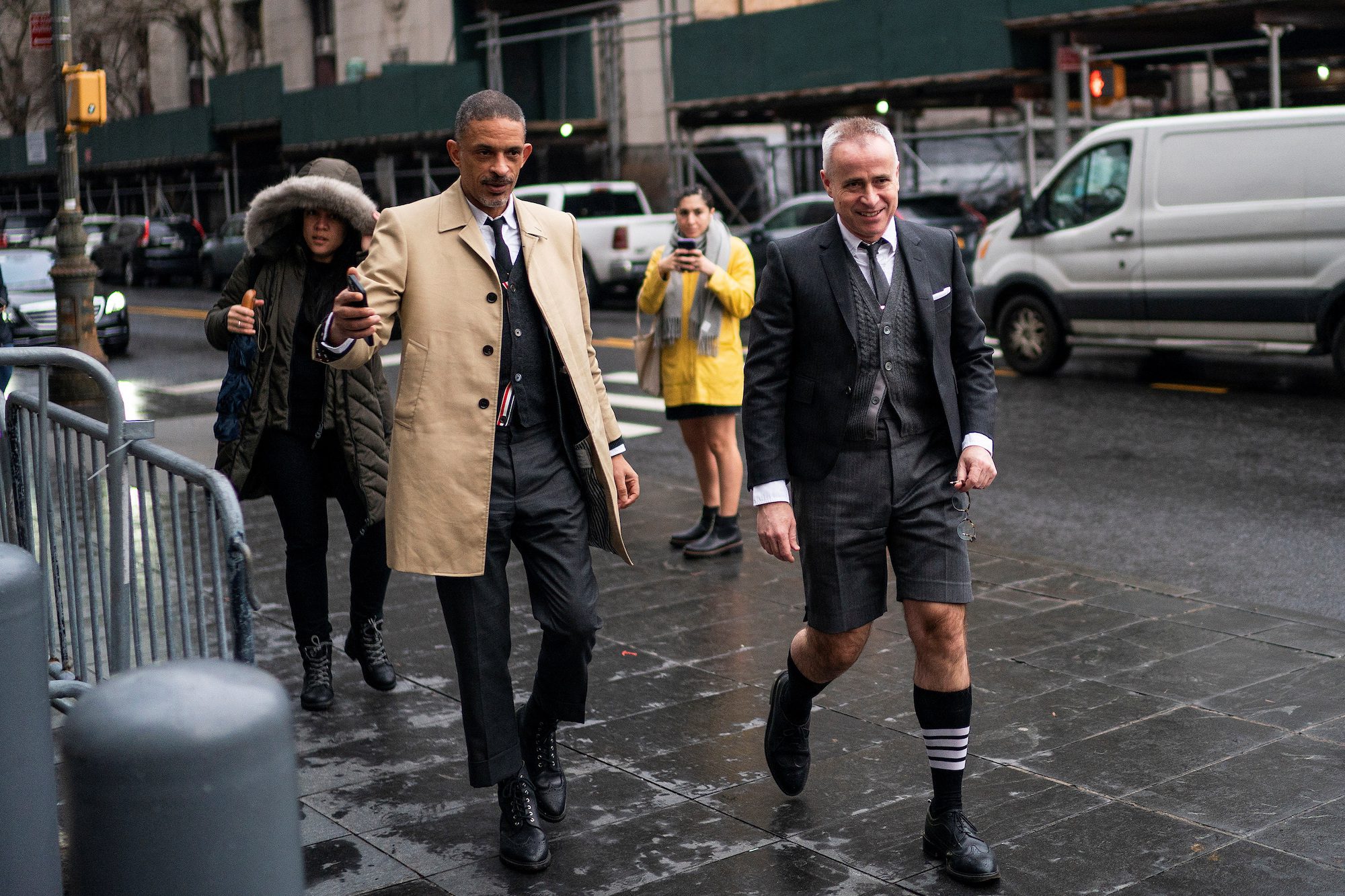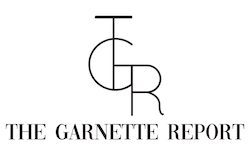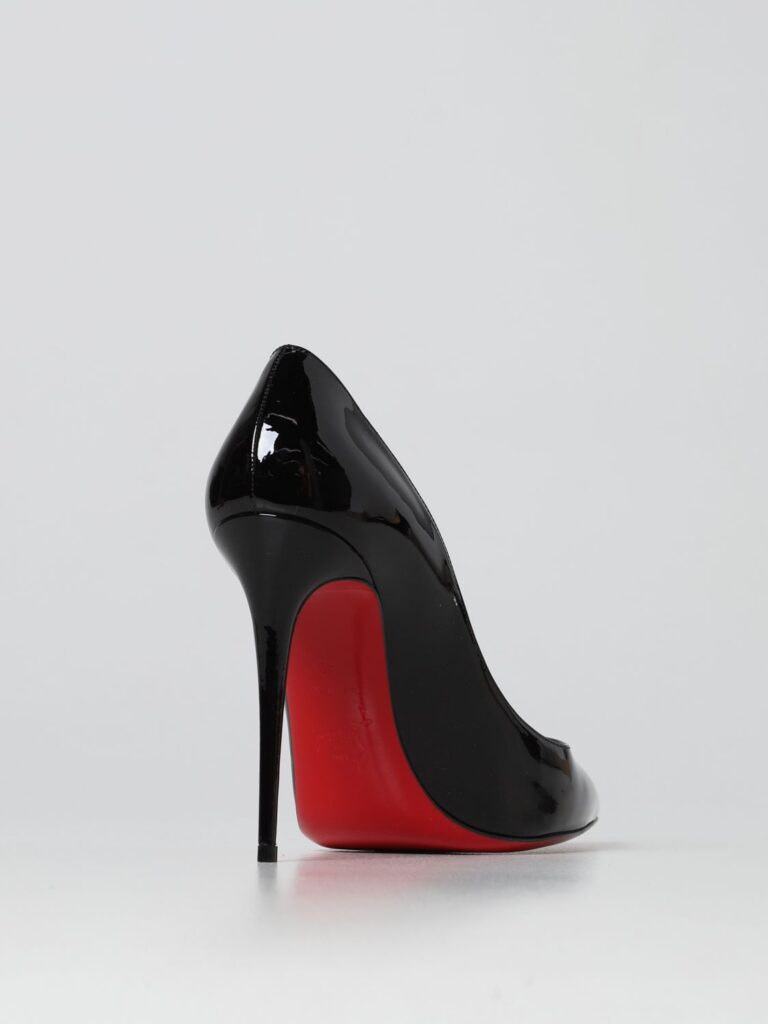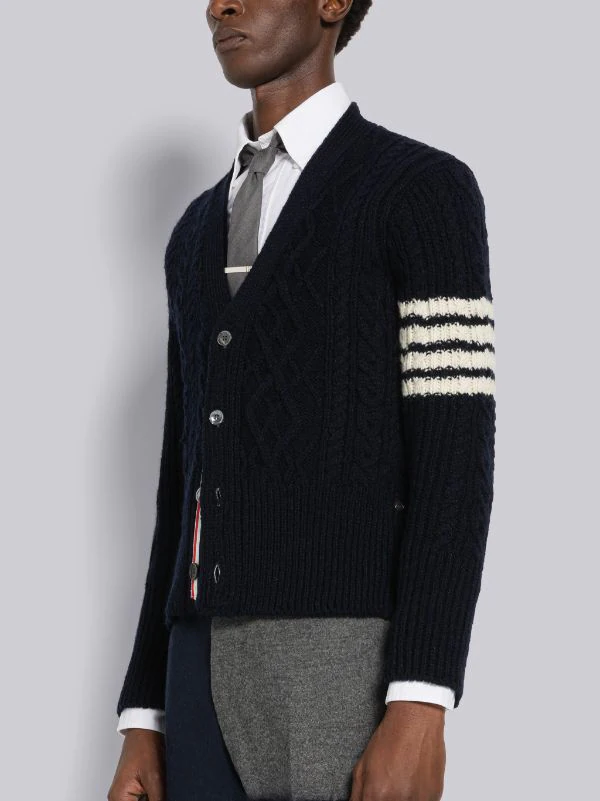
The Intellectual Property Bias in Fashion
Weeks after Adidas lost a trademark case to Thom Browne, Nike filed a case of its own against Bape. The case isn’t surprising, given the controversy surrounding the Bape Sta, which is noticeably similar to Air Forces 1s. Alleging trademark infringement and false designation of origin, Nike states the latter’s, “business revolves around copying Nike’s iconic designs.” The word ‘iconic’ is key.
Fashion, often maligned, is often victim of cynics dismissing its artistic value. The government is no exception. Current copyright laws do not extend towards “useful” items such as clothing. The courts protect some exceptions made through “separability” including design features separate from the item such as a graphic. But in cases where the physicality of the garment is the point, are designers simply doomed?
Europe unlike the United States does not have the same problem. The rich fashion history in the continent helps the industry. European designers can register design rights which helps brands.
Now, let us take a look at some cases of intellectual property in the fashion industry that set the tone in the USA.
A Landmark Intellectual Property Case
First, the battle between Christian Louboutin and Yves Saint Laurent started in 2011. The former, infamous for the red outsoles on their shoes, filed a case after learning YSL planned to sell monochrome shoes – including red ones. The shoe brand filed a lawsuit on grounds of trademark infringement, dilution and unfair competition claims. YSL fought back with a countersuit to remove the trademark for “lacquered red sole on footwear” claiming that it is merely “functional”.
After going through multiple layers of court, the plaintiff effectively won. While the original judge ruled that single color trademarks were not allowed, a Second Circuit found that this resolution was inconsistent with a 1995 Supreme Court decision. In the end, the court found that the trademark only applied when a red outsole and the rest of the shoe contrasted.
This legal battle was crucial in the discussion of intellectual property in fashion. In some cases, the court protects single color designs. But, this case set the example of public recognition factoring in such rulings.
Adidas versus Thom Browne
Adidas, infamous for its white three-stripe logo, recently filed a lawsuit against designer Thom Browne. The company also asked for $8 million in damages. The case first started in 2018, when Browne applied for a trademark for its three-stripe logo called the Grosgrain. But, fashion commentators also theorize that Browne’s foray into sportswear also led to Adidas’ reaction.
The court appearance became a fashion show in and of itself. Browne wore his own outfit from the spring 2023 show in PFW. During court, his entire team dressed from the Thom Browne collection.
The case, which Browne won, was largely reliant on nostalgia. He referenced his upbringing in a sports-obsessed family and his own sports background in school. His desire to have a logo is something that he learned in his time at Ralph Lauren. The court also denied Adidas’ claim to damages.
Browne’s testimony undoubtedly rejects functionality accusations in the Grosgrain and spins it into a visual that represents his design aesthetic.
Though the tangible effects only specifically apply to individual houses or designers, it also raises a philosophical question. Is fashion art? The the case can be made citing “self expression” and “creativity”. But without government acknowledgement, the American fashion industry operates in a gray area.
Featured image via https://www.cnn.com/style/article/adidas-thom-browne-verdict/index.html




